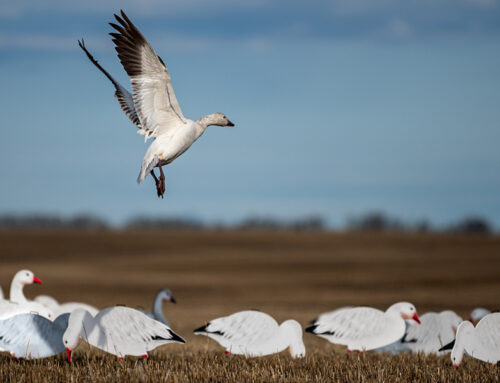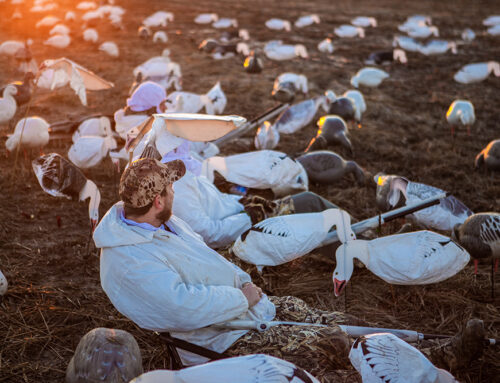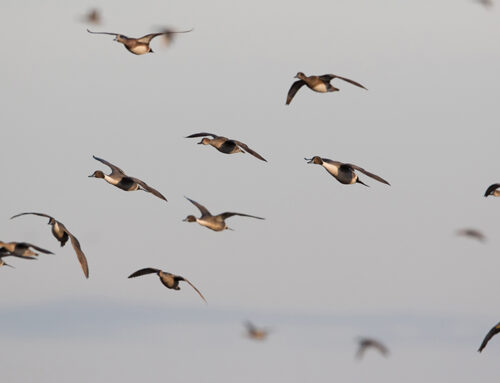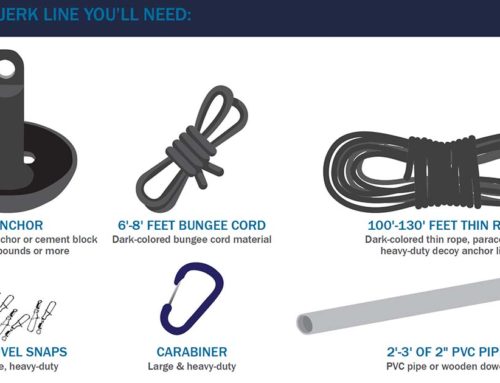Winning the Early Season

The early season is an exciting time. Sorely missed shotguns are back in our hands. Retrievers return to blinds, eager to put their training to use. And teal, wood ducks and local mallards beckon as we await the promise of migrators. We feel, in no uncertain terms, like ourselves again.
However, September and October hunting also poses an array of challenges. Peak waterfowl numbers remain at least a month away in most regions, and plentiful water tends to further spread ducks thin. Still, the right early season tactics can afford great success in the season’s initial weeks. Give these a try.
Use Hen Mallard Decoys
Whether targeting blue-winged teal, mallards or a combination of both, a spread that consists largely of hen mallard decoys is an effective choice. In October, many greenheads don eclipse plumage, while bluewings remain drab for much of the season. A spread of susies not only mimics the birds’ subtle early season colors, but their size provides better visibility than teal decoys. Think of them as magnum bluewings.
Go Green
Waterfowl camouflage tends to be lighter than other patterns to blend with cattails, marsh grasses and agriculture fields. However, in the opening weeks of the season, the natural cover tends to be far greener than it will be as autumn progresses. In the early season, consider a greener pattern such as those designed for archery or turkey hunting.
Get on the Call
Ducks grow wary of excessive calling as the season advances, but early on, they remain uneducated. Now’s the time to step up the aggressiveness of your cadence — within reason, of course — to gain the interest of passing ducks and geese. They might just make you feel good about your calling.
Downsize Your Spread
Allow the size of flocks revealed in your scouting to dictate how many decoys fill your spread. In the early season, this tends to mean downsizing to create a natural setting. One to two dozen mallards with a few wood ducks mixed in will often suffice. If pursuing field geese, you might only need 18 to 30 honkers arranged in family groups of six to eight decoys.
A buddy of mine who hunts early season mallards and wood ducks on narrow creeks insists that a single pair of greenheads is ideal. His strategy might seem farfetched, but he consistently shoots ducks as they decoy in groups of twos and threes.
Scout, Scout, Scout Some More
When ducks are spread loosely across large amounts of available water, there’s no magic shortcut to finding them: You have to cover as much ground as possible, without stopping until ducks are located. It takes time, but you can start early. Bluewings are headed south by September, while wood ducks, resident geese and mallards can be scouted all summer. Waterfowl patterns frequently shift, of course, but even then, your head start will help you keep tabs on the birds.
Once you’ve located a good loafing or feeding site, go easy on the pressure. Shoot a couple ducks and sneak out, allowing birds to resettle into the area. Finding a good honey hole right off the bat is among the early season’s greatest challenges — and biggest keys to success — so don’t let over-exuberance land you back at square one.






Great advice for the early hunt, the youth season starts soon , so I will try a lot of this out.